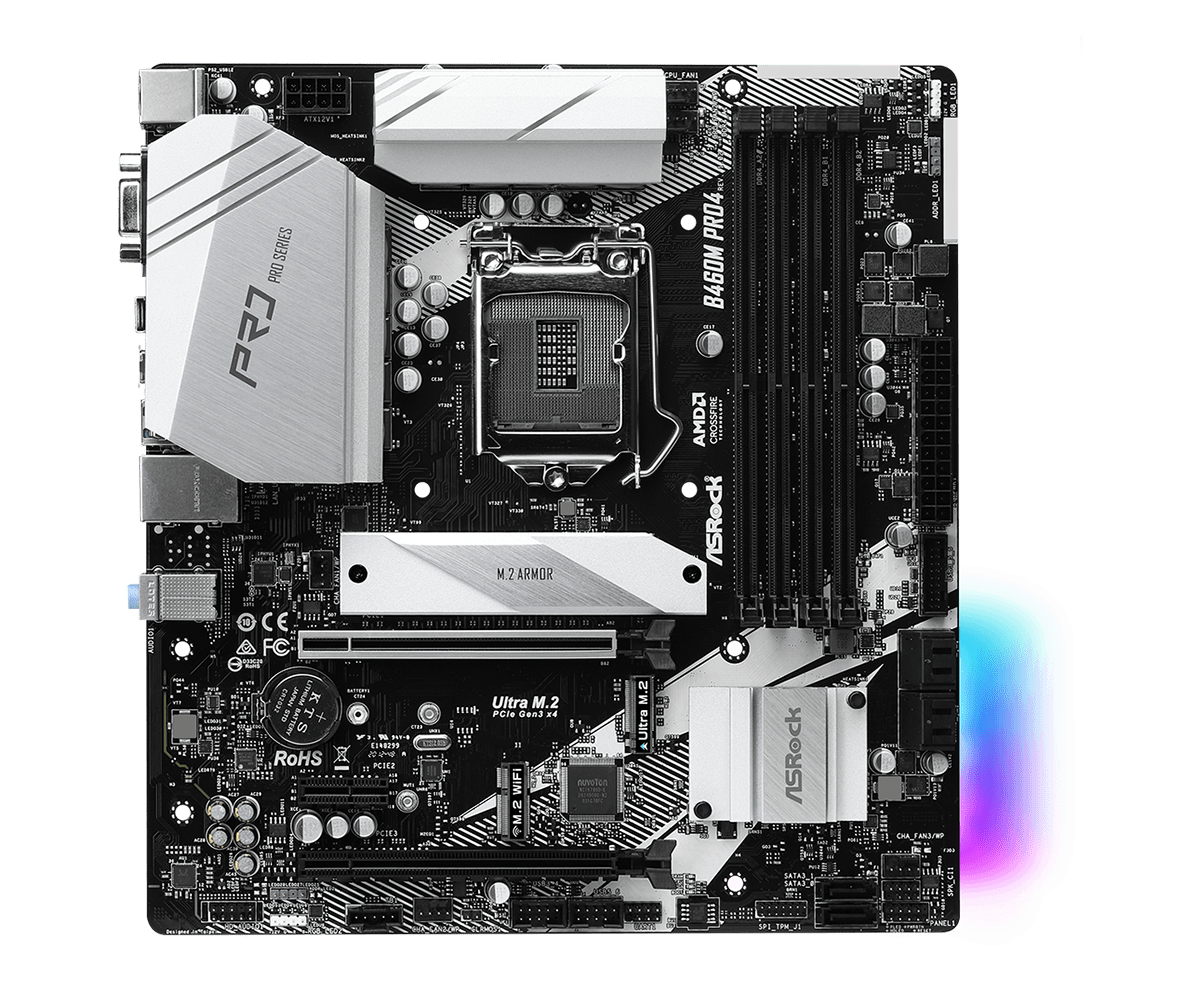Answer the question
In order to leave comments, you need to log in
How to check the functionality of the motherboard after connecting to a new power supply?
There is a task to rebuild the server in the case of the small size.
I have an ASRock B460M Pro4 (LGA1200, mATX) motherboard

I bought a new be quiet! SFX L Power 600W

After assembly in a new case, the motherboard did not start, but power was supplied to it - because there is a diode on the motherboard, which, when connected to power, lights up in different colors.
Next, the old power supply was connected and the motherboard started up.
Then there was another connection of a new power supply to the motherboard - the same thing - the diode was on, the motherboard would not start.
We tried to connect a new power supply to another computer - silence, nothing worked.
Connected back to the motherboard - but the diode is no longer on.
We connected the old power supply to the motherboard - and already it does not start it.
We took out the battery from the motherboard - closed the contacts - no change.
Visually, everything is intact on the motherboard - there are no signs that it burned out, etc.
Still, the power supply burned it somehow?
What else can be checked? What to pay attention to?
Answer the question
In order to leave comments, you need to log in
The power supply turned out to be defective - the examination confirmed.
At the second connection, unfortunately, he dragged his mother along with him.
We rebuilt it on a new block and the same motherboard - everything worked without problems.
It is impossible to connect anything incorrectly there.
The question is closed )
Disconnect the PSU from the mother and from the network.
Wait 15-20 minutes
Connect the PSU to the motherboard, then to the network, then turn on the button on the PSU
If the purchased PSU was initially buggy, the mother could have burned out
This, of course, provided that you correctly connected the cables from the PSU, that is, you
did not plug in, for example, a cable from pci-e into the ATX slot (next to the CPU), although I don’t know what efforts should be made there))
Didn't find what you were looking for?
Ask your questionAsk a Question
731 491 924 answers to any question